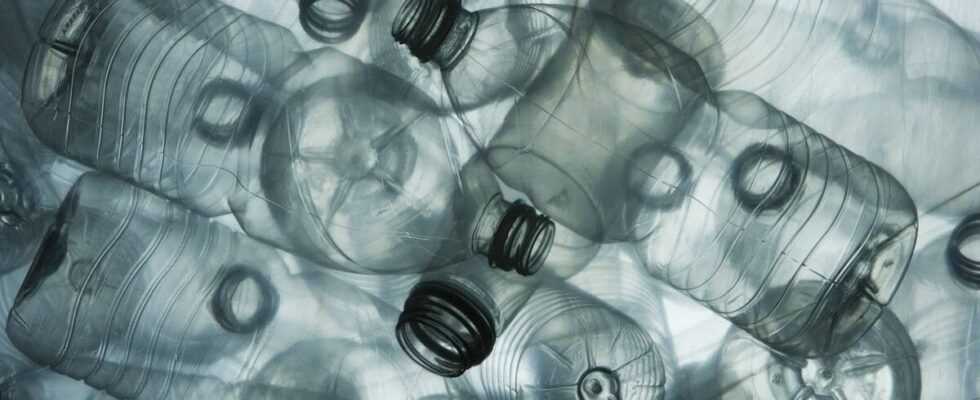From summits to depths. After the microplastics discovered on Tuesday at the Pic du Midi, in the Pyrenees, here are these tiny particles detected in our stool. And especially when you have intestinal disorders. As revealed by Guardian, a study published in the journal Environmental Science & Technology shows that people with inflammatory bowel disease (IBD) have 50% more microplastics in their stool. While previous research has shown that microplastics can cause intestinal inflammation and other intestinal problems in laboratory animals, this new study is the first to look at the potential effects in humans.
The concentration of microplastics is also higher in people with more severe IBD. While this finding suggests a link between the two, the study does not prove the causal link. For example, intestinal diseases may cause people to retain more microplastics in their intestines. At any rate, “This study provides evidence that we actually ingest microplastics”, summarizes Evangelos Danopoulos from Hull York Medical School, UK.
Even so, diet and environmental factors can trigger or worsen IBD, such as Crohn’s disease or ulcerative colitis. “In recent years, the prevalence of IBD has increased sharply in developing countries in Asia”, according to the study’s authors, researchers at Nanjing University in China. “It is estimated that there will be 1.5 million IBD patients in China by 2025, resulting in a heavy disease burden.”
Fifteen different plastics
50 healthy people and 52 with IBD but otherwise healthy participated in the study. Coming from all over China, they had to fill out a questionnaire on their eating and drinking habits during the previous year. Scientists found no less than 42 pieces of microplastics per gram in samples from people with IBD. Healthy people still had around 28.
In addition to the link to bowel disease, experts found that people who tended to drink bottled water or eat take-out had about double the amount of microplastics in their stools. In total, fifteen different types of plastic were found. The most common ? PET, used on water bottles and food containers, and polyamide, which is also found in food packaging.
Children are not spared by the invasion of plastic in their bodies. After the discovery of microplastics in fetuses, another study in September found that infants’ stools contained more microplastics than those of adults. A likely consequence of plastic toys babies chew on, and plastic bottles that release millions of microplastics.
A planetary scourge, microplastics have now contaminated the entire surface of the globe, even the most remote places such as the top of Mount Everest or the depths of the ocean. The air we breathe is no exception. They also harm wildlife, and are found, once again, on our plates at the end of the chain.
